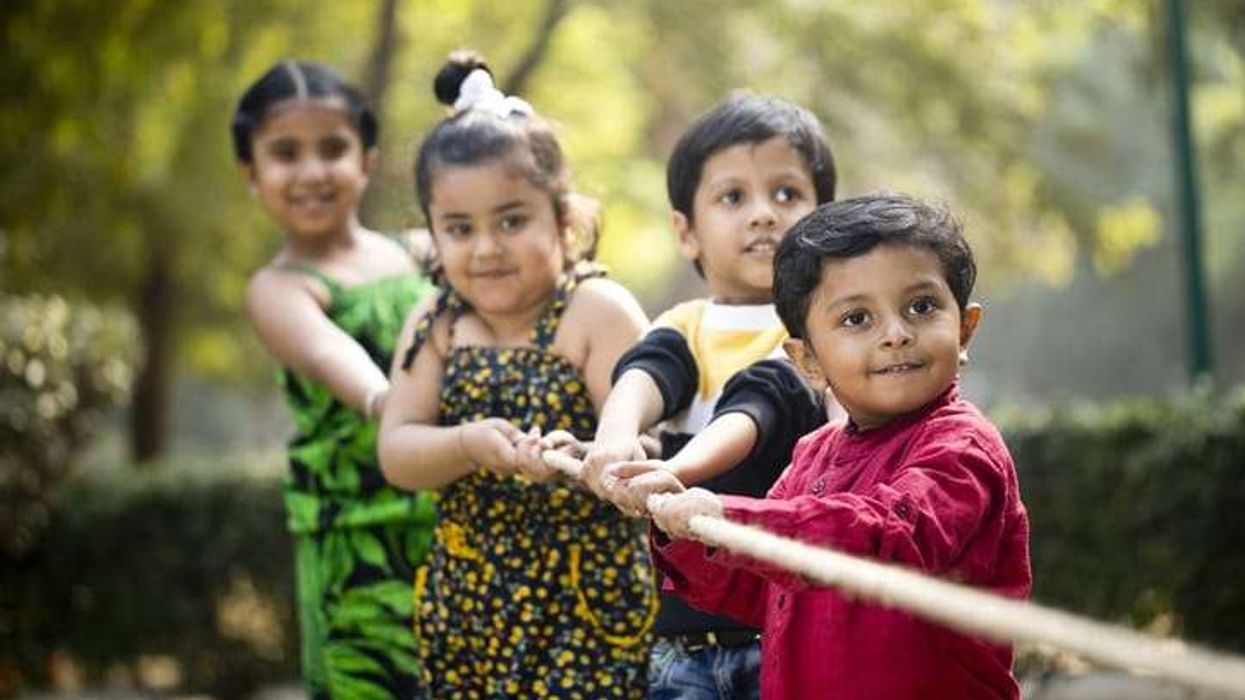ALMOST 50 per cent of adults in India engaged in insufficient levels of physical activity in 2022, according to a study published in The Lancet Global Health journal.
Far more women in India (57 per cent) were found to be insufficiently physically active, compared with men (42 per cent), in line with trends across the South Asian region, the study found.
The insufficient levels of physical activity in women in the region were, on average, 14 per cent higher than those in men, it said.
The South Asian region also ranked the second highest in terms of adults being insufficiently physically active after high-income Asia Pacific region, an international team of researchers, including those from the World Health Organisation (WHO), said.
Globally, the authors found that about a third of the adults (31.3 per cent) were insufficiently physically active - defined as not performing at least 150 minutes of moderate-intensity physical activity per week or 75 minutes of vigorous-intensity physical activity per week.
This was up by five per cent from 26.4 per cent of the adults worldwide insufficiently engaging in physical activity in 2010, they found, and if the 2010-2022 trends continued, the authors said that the global target of improving physical activity engagement by 15 per cent would not be met.
In India, a little over 22 per cent of the adults engaged in insufficient physical activity in the year 2000, while in 2010, close to 34 per cent of the adults were insufficiently physically active, the researchers found.
They projected that in 2030, 60 per cent of the adults could be insufficiently engaging in physical activity, should current trends continue.
For the study, the researchers analysed data of physical activity reported by adults (aged at least 18 years) in population-based surveys to estimate the number of adults performing insufficient physical activity for 197 countries and territories from 2000 to 2022.
The team also found that around the world, older adults, both men and women, aged 60 years and above, were increasingly engaging in insufficient physical activity.
Physical inactivity is known to heighten the risk of developing non-communicable diseases, including diabetes and heart disease.
Rising levels of physical inactivity, along with an increasingly sedentary lifestyle, are contributing to an increase in cases of these diseases and burdening healthcare systems around the world, according to the WHO.
A 2023 Indian Council of Medical Research-India Diabetes (ICMR-INDIAB) study, published in The Lancet Diabetes and Endocrinology journal, estimated that 101 million people in India were diabetic in 2021, and about 315 million had hypertension the same year.
Further, 254 million were estimated to have obesity and 185 million estimated to have high levels of LDL or 'bad' cholesterol, according to the study. (PTI)












